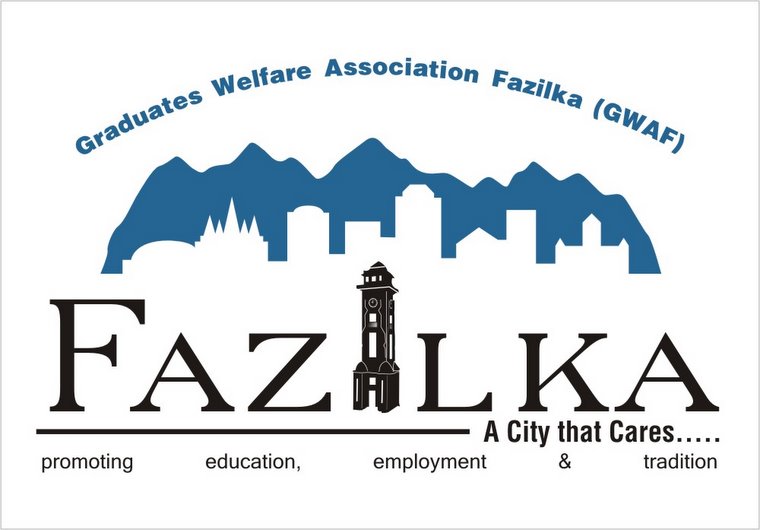
Manoj Tripathi, 25th December, 2007, Hindustan Times, The Buzz
The one-day Lal Chand Yamala Jatt Yadgari Mela ended at Fazilka on a colourful note this Sun day, with live performances by various Punjabi folk singers, including Mukhtiar Singh Yamla, Shawinder Mahi and Kawalpreet. The rhythm reverberated by tumbi and dhol cast a spell on the crowd of about 10,000 that thronged the border town. Folk lyrics, rooted deep in the state, dominated the Mela.
The Mela began with tributes being paid to the great Tumbi maestro Lal Chand Yamla Jatt by president of Punjabi Sabhyacharak Manch, Rajesh Aneja, chairman Daljit Singh Sarbha and patron Gammdoor Singh, who were the organisers of this event.
Lovepreet Bhullar, Rani Randeep and Gurbhej presented songs depicting lifestyle of rural Punjab. Enthusiastic youngsters dancing to songs like 'Tere ne kararan mannu pattia, Heer kali and Manke tutde jande ne.
Yamla Jatt's most famous songs were rendered here. The main feature of the Mela were performances by Bhajna Amli and Santi who made the crowd break loose with their rib-tickling jokes.
Among those present were Jagdev Singh Jassowal, president of Vishav Punjabi Sabhyachark Manch, former MP Gurdas Badal, MLA Surjit Jayani Gurtej Singh and Shar Singh.
Though 'master of laughter' M.P Navjot Singh Sidhu could not make it to the Mela due to Gujarat election, his 10-minute message was enough to keep the audiences thrilled. Jagdev Singh Jassowal expressed happiness over the successful organisation of the Mela and thanked people for cooperation, hoping such cultural events would be fruitful in streamlining youngsters, who were ruining their lives by going into drugs. Nineteen persons, working to bring about a difference in different fields, were also given mementos for their efforts.
http://epaper.hindustantimes.com/artMailDisp.aspx?article=25_12_2007_134_005&typ=1&pub=722
The one-day Lal Chand Yamala Jatt Yadgari Mela ended at Fazilka on a colourful note this Sun day, with live performances by various Punjabi folk singers, including Mukhtiar Singh Yamla, Shawinder Mahi and Kawalpreet. The rhythm reverberated by tumbi and dhol cast a spell on the crowd of about 10,000 that thronged the border town. Folk lyrics, rooted deep in the state, dominated the Mela.
The Mela began with tributes being paid to the great Tumbi maestro Lal Chand Yamla Jatt by president of Punjabi Sabhyacharak Manch, Rajesh Aneja, chairman Daljit Singh Sarbha and patron Gammdoor Singh, who were the organisers of this event.
Lovepreet Bhullar, Rani Randeep and Gurbhej presented songs depicting lifestyle of rural Punjab. Enthusiastic youngsters dancing to songs like 'Tere ne kararan mannu pattia, Heer kali and Manke tutde jande ne.
Yamla Jatt's most famous songs were rendered here. The main feature of the Mela were performances by Bhajna Amli and Santi who made the crowd break loose with their rib-tickling jokes.
Among those present were Jagdev Singh Jassowal, president of Vishav Punjabi Sabhyachark Manch, former MP Gurdas Badal, MLA Surjit Jayani Gurtej Singh and Shar Singh.
Though 'master of laughter' M.P Navjot Singh Sidhu could not make it to the Mela due to Gujarat election, his 10-minute message was enough to keep the audiences thrilled. Jagdev Singh Jassowal expressed happiness over the successful organisation of the Mela and thanked people for cooperation, hoping such cultural events would be fruitful in streamlining youngsters, who were ruining their lives by going into drugs. Nineteen persons, working to bring about a difference in different fields, were also given mementos for their efforts.
http://epaper.hindustantimes.com/artMailDisp.aspx?article=25_12_2007_134_005&typ=1&pub=722


